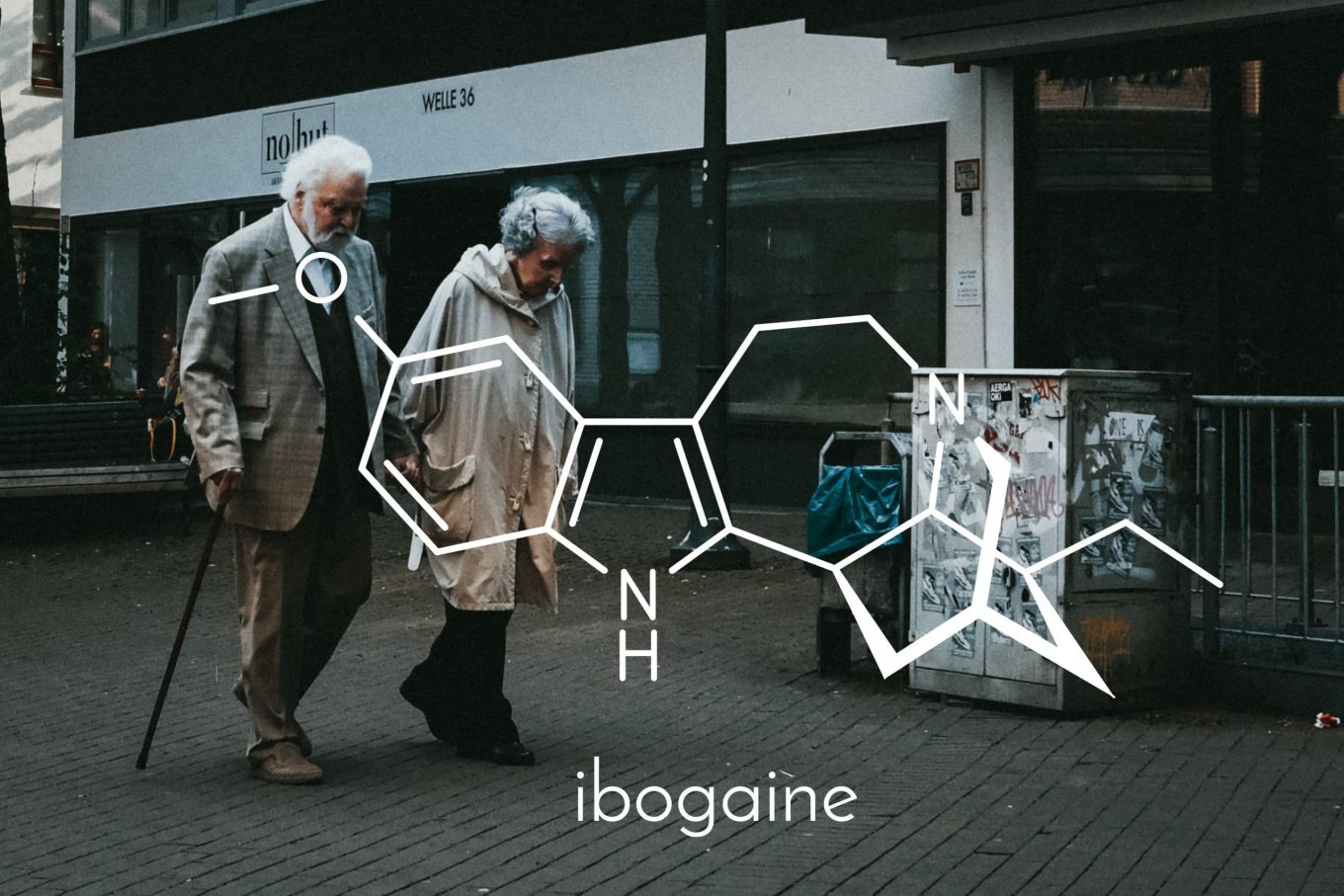After Alzheimer’s, Parkinson’s Disease is the second most common neurodegenerative disease and is currently not curable. The disease manifests itself by the progressive loss of nerve cells, mainly of dopamine neurons in the Substantia Nigra (part of the mid-brain). This results in a lack of dopamine in the striatum (a subcortical part of the forebrain), as well as a dysfunction in motor functions, tremors, stiffening muscles, language problems and a general loss of balance and coordination.
These symptoms are also accompanied by psychological effects like dementia and depression. It is thought that the neurodegenerative aspects of Parkinson’s disease are caused by the body’s immune system. Healthy nervous system tissue is attacked when the immune system is no longer able to distinguish between healthy and diseased cells, similar to autoimmune diseases such as multiple sclerosis, fibromyalgia and polyneuropathy.
GDNF (glial cell line-derived neurotrophic factor) is a protein discovered in 1991 with an extraordinarily positive effect on nerve cell tissue. GDNF stimulates nerve cell growth, especially dopamine neurons. In addition to the ability to regenerate nerve cells in the brain, GDNF also appears to possess neuroprotective properties.
In an animal experiment in which rats with Parkinson’s disease had GDNF injected directly into the brain, a significant improvement in the symptoms was observed. After one year, there were still no undesirable side effects of GDNF administration. Initial studies have shown that GDNF significantly improves the overall condition of Parkinsonian patients. The resulting data suggests that new nerve cells had formed.
Ibogaine and its metabolite noribogaine lead to a substantial increase in GDNF levels in the brain. This indicates that ibogaine could provide a very effective treatment for neurodegenerative diseases, such as Parkinson’s.
Until now, it was not possible to introduce GDNF directly into the desired regions of the brain. But Ibogaine stimulates the glial cells and neurons to produce GDNF itself, increasing GDNF levels throughout the brain. Genesis Parkinson’s Institute, an Ibogaine related company focused on developing ibogaine, has developed an ibogaine-based medicine called CK-BR 12.
Patient D is a 69-year-old Parkinson’s disease patient and until now the only human treated with Ibogaine for his condition. Patient D reported numerous positive changes regarding his illness: he could swallow again, speech and facial expressions improved noticeably, the control of the hands increased and he could write again legibly. Also, his general motor skills increased.He could dress again, eat independently and climb stairs – all activities which were not possible prior to his treatment. The Parkinson’s symptomatology also was almost totally eliminated after the treatment was completed. Patient D. was examined by various physicians as well as pharmacologist Dr. Susanne Cappendijk from Semper Clarus Consulting, who along with Genesis presented the promising results at the New York Academy of Sciences conference on April 27, 2015. And at the 2016 World Ibogaine Conference.
The standard symptomatic treatment, is predominantly carried out with drugs with strong side effects. The quality of life of the patients is often characterised by significant suffering in the terminal phase. In contrast, treatment with ibogaine, in particular through the approach of microdosing, allows an increase in the GDNF levels in the brain, without the side effects of conventionally used medications.
It was reported that 4mg Ibogaine HCL can increase GDNF levels in the brain by a factor of 12. The neuroplasticity increased by the growth of new neurons promotes the restoration and the construction of nerve tracts. Also, the challenge of introducing GDNF by injection into the brain is obviated. These results could help to redefine the position of Ibogaine in general research and – as ever-unknown healing properties of the plant are discovered – open up new research areas and thereby achieve a wider social and regulatory acceptance.
At the World Ibogaine Conference in 2016, Dr. Victor Ortega from the Genesis Institute presented the research of Genesis. Novel variations of the ibogaine molecular structure have been developed that enhance the production of GDNF. The group of N-indolylethyl isoquinuclidines appears to be most promising. The synthesis of these molecules is far less complex than that of Ibogaine and there are several promising derivatives. Some of the analogues cause an even higher GDNF-release in vitro than Ibogaine does, but can have cytotoxic effects depending on the structure. The research in this field is still nascent, but it has enormous potential.
European Ibogaine Forum

Comments are closed